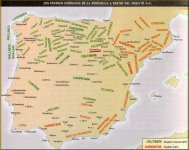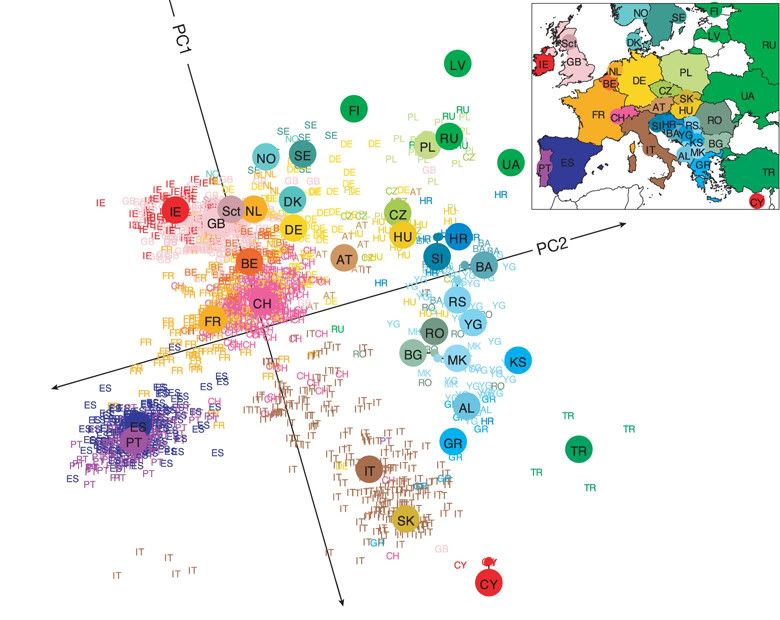sparkey
Great Adventurer
- Messages
- 2,250
- Reaction score
- 352
- Points
- 0
- Location
- California
- Ethnic group
- 3/4 Colonial American, 1/8 Cornish, 1/8 Welsh
- Y-DNA haplogroup
- I2c1 PF3892+ (Swiss)
- mtDNA haplogroup
- U4a (Cornish)
Well this was said by a spaniard history and geography expert specialized in Ancient History. Sorry again. "Algunos de los habitantes de Numancia prefirieron darse muerte entre sí, antes que rendirse a los romanos. De los rendidos Escipión se guardó 50 para que le acompañasen en su triunfo a Roma y el resto los vendió como esclavos. También Escipión castigó duramente a las ciudades cercanas que parecían colaboracionistas y finalmente arrasó completamente la ciudad de Numancia, sin esperar la decisión final del Senado" Julián Hurtado Aguña es Doctor en Geografía e Historia en su especialidad de "Historia Antigua" por la Universidad de Salamanca aprobando en el año 2000 su tesis doctoral con Sobrealiente Cum Laude. http://www.arturosoria.com/historia/art/numancia.asp well if this well educated spaniard guy is "ridiculous"...it's alright...is your fellow countryman. SORRY.
Are you still missing my points, Brady? The Numantians were slaughtered, yes. But not all Celtiberians were Numantians, and evidence of Celtiberian culture is obvious post-Siege of Numantia.



